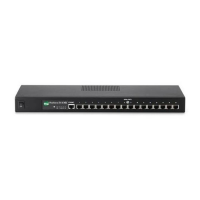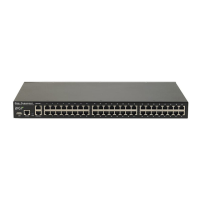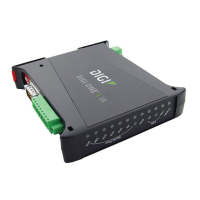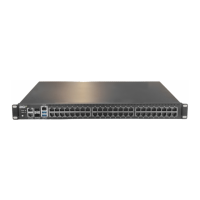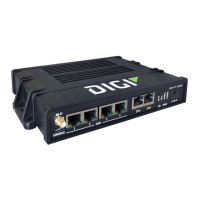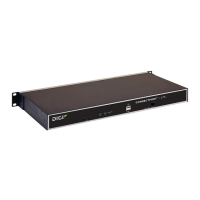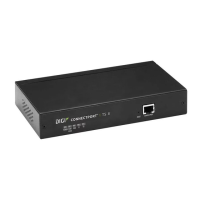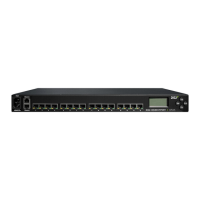90030500B Basic Configuration Page 77
Configuring a new user for automatic login and connection
PortServer II includes automatic login and connection options, which are described in
Chapter 6, Configuring Security
. The following procedure describes how to create a
user who is automatically connected to a server:
1. Create the new user and set the password, as described in the previous section.
2. Configure the user for automatic connection and enter the destination host, using
the following commands:
set user name=<user_name> AutoConnect=Yes
set user name=<user_name> AutoHost=xxx.xxx.xxx.xxx
set user name=<user_name> AutoPort=xx
set user name=<user_name> DefaultAccess=AutoConnect
For example, to configure user “Peter” as an
auto
user, who is automatically con-
nected to the destination host
corporate
that we defined in step 2, enter the fol-
lowing sequence of commands:
#>set user name=Peter AutoConnect=Yes
#>set user name=Peter AutoHost=152.83.151.1
#>set user name=Peter AutoPort=telnet
#>set user name=Peter DefaultAccess=AutoConnect
Setting
AutoPort
is necessary to establish a terminal session with the host. The
example configures a telnet-type session, and Peter will be asked to log in again
when the connection to
corporate
is established. If you specify an
Rlogin
session, Peter will automatically be logged in to
corporate
if his login on
corporate
is the same user name as his PortServer II login
. You can also set
AutoPort=Default
to use the user’s default protocol or
raw
(no modification
to data passing between the serial port and the TCP stream).
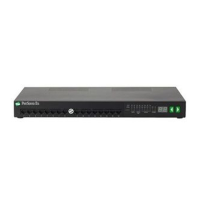
